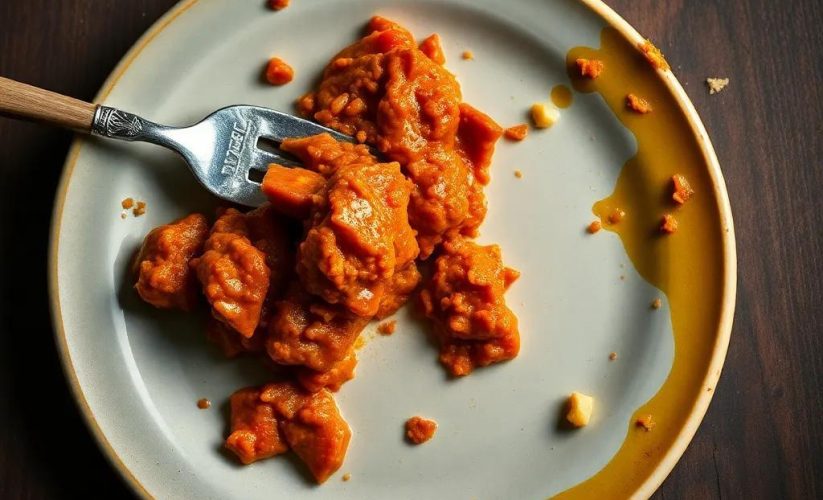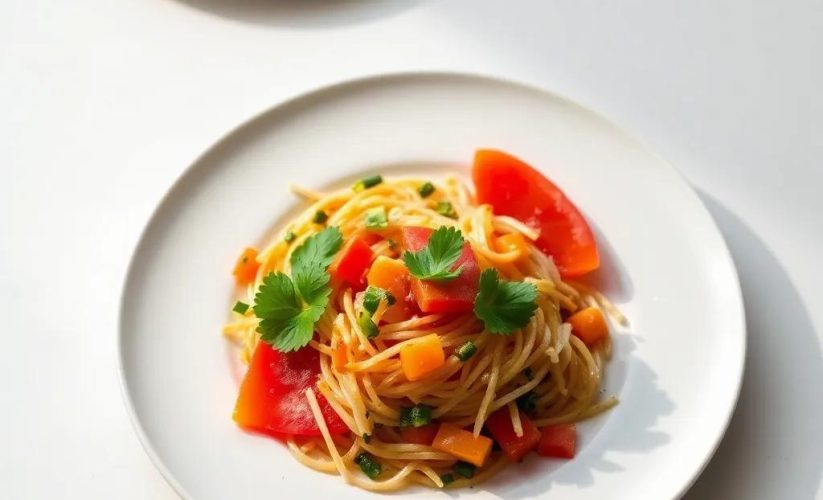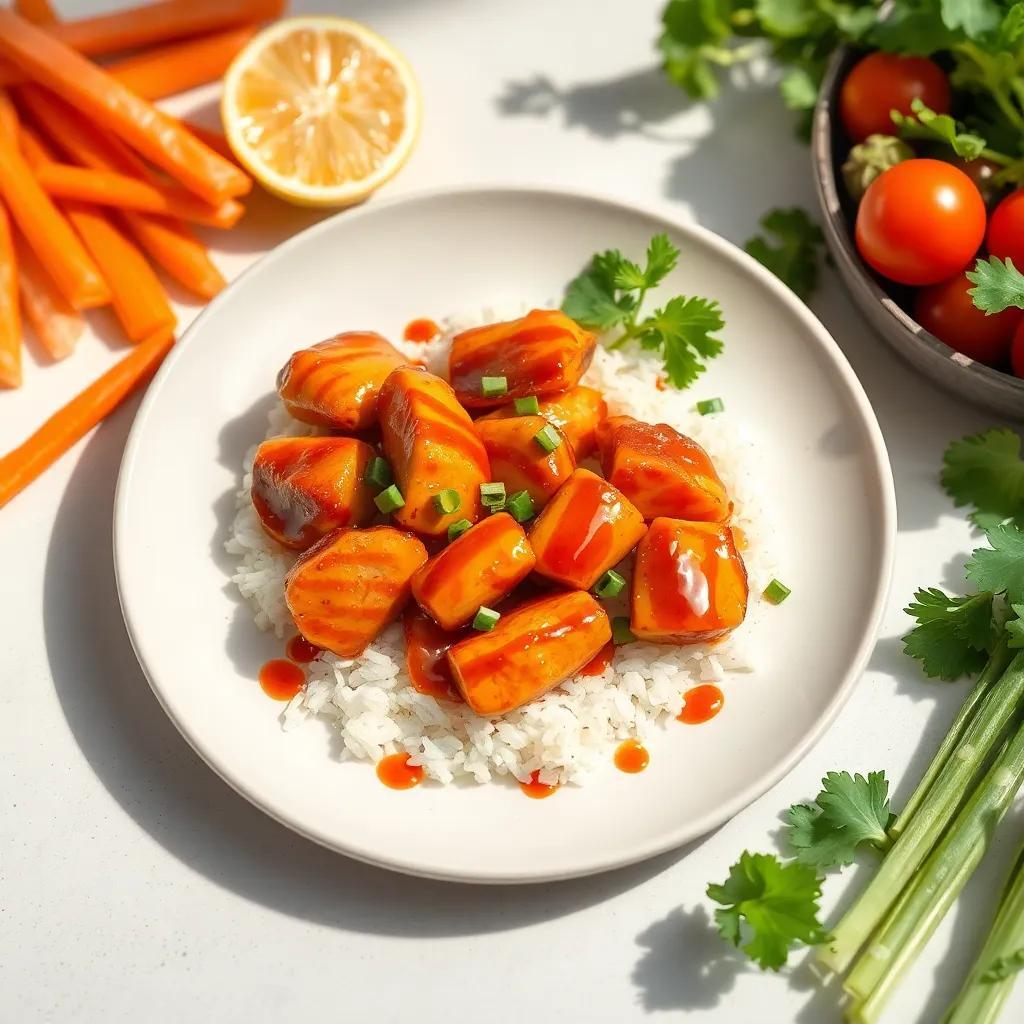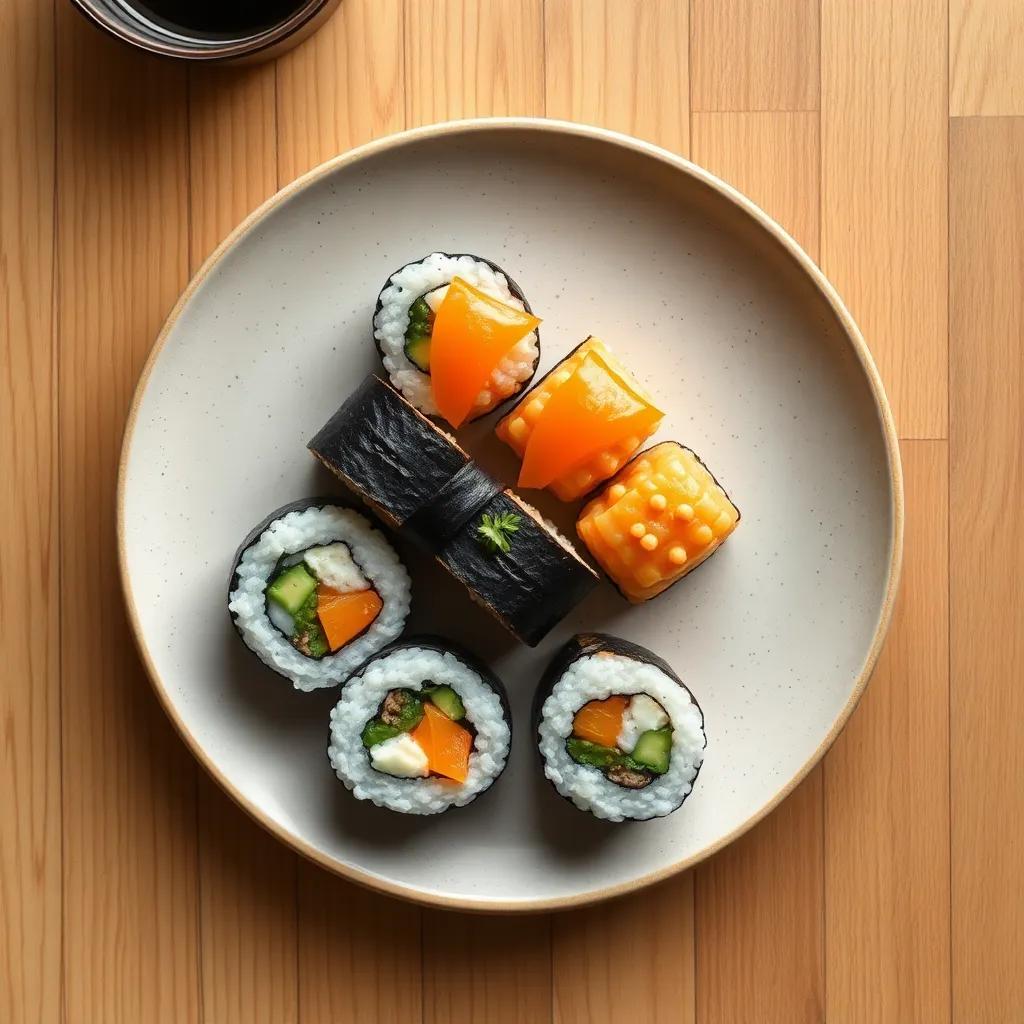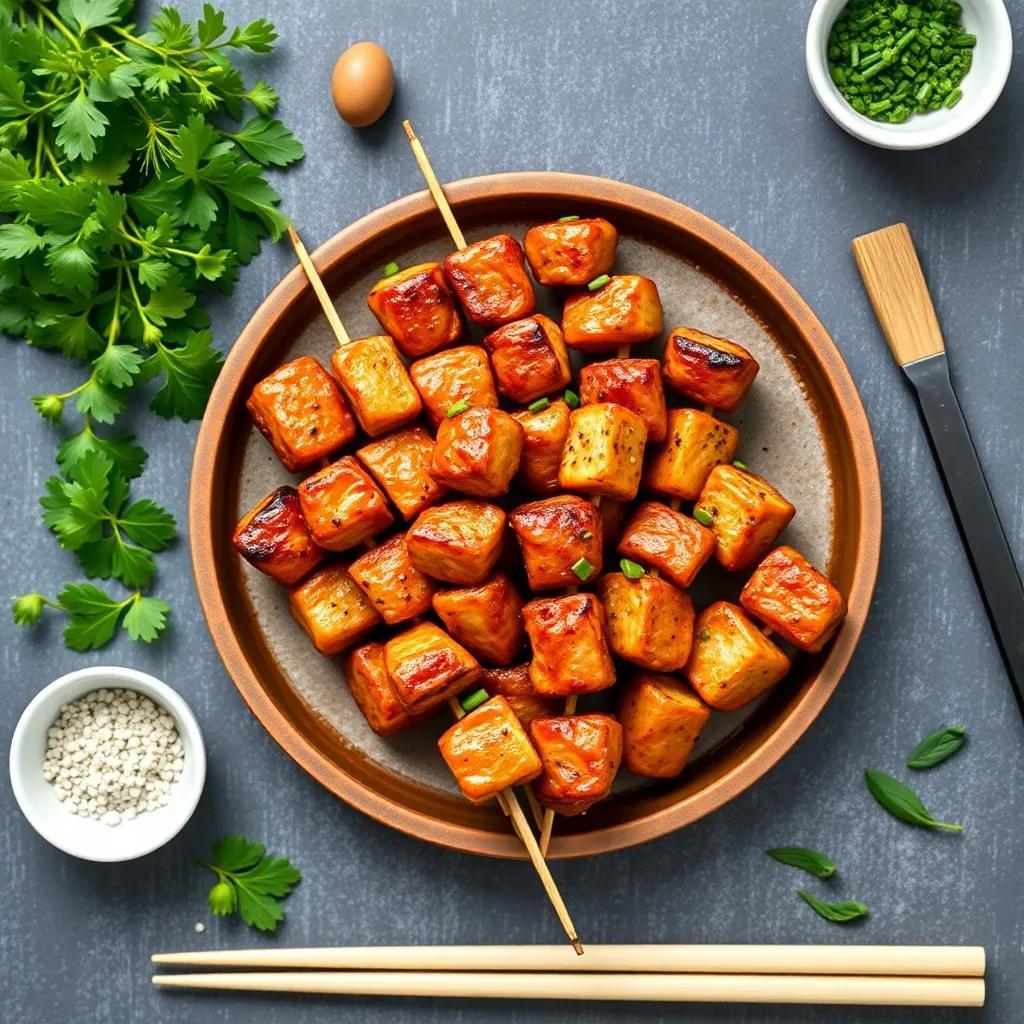Crispy Tonkatsu Recipe: Easy, Authentic Japanese Pork Cutlet Guide

Crispy Tonkatsu Recipe: Easy, Authentic Japanese Pork Cutlet Guide
🌍 Cuisine: Japanese
⚙️ Difficulty: Medium
Ingredients
Nutrition Facts
550 kcal
Instructions
- Prepare the pork cutlets by trimming any excess fat and pounding them lightly with a meat mallet until about 1 cm thick.
- Season both sides of the pork cutlets with salt and black pepper evenly.
- Place the all-purpose flour in a shallow dish, the beaten eggs in a second dish, and the panko breadcrumbs in a third dish.
- Coat each pork cutlet first in the flour, shaking off any excess, then dip into the beaten eggs, and finally press into the panko breadcrumbs to coat thoroughly.
- Heat about 1 inch of vegetable oil in a deep skillet or frying pan over medium heat until it reaches about 170°C (340°F). Use a thermometer for accuracy.
- Carefully place the breaded pork cutlets into the hot oil, frying two at a time to avoid overcrowding the pan.
- Fry each cutlet for about 5–6 minutes per side or until golden brown and cooked through, turning once to brown evenly.
- Transfer the cooked tonkatsu to a wire rack or paper towels to drain any excess oil.
- Slice the tonkatsu into strips and serve immediately with tonkatsu sauce drizzled on top or on the side.
- Optionally, serve with shredded cabbage and lemon wedges for a traditional accompaniment.
Serving Suggestions
- Serve tonkatsu with steamed white rice and miso soup for a complete Japanese meal.
- Pair with a side of pickled vegetables like tsukemono or kimchi for acidity and crunch.
- Add shredded cabbage tossed in a light sesame dressing as a refreshing garnish.
- Drizzle additional tonkatsu sauce or spicy mayo sauce for extra flavor.
- Use leftover tonkatsu to make a Japanese katsu sandwich (katsu sando) with soft white bread and mayo.
- Serve with Japanese curry over rice for a hearty curry tonkatsu dish.
- Accompany with a cold beer or green tea for an authentic dining experience.
Table of Contents
- Intro
- Ingredient Notes
- Tips & Variations
- Leftovers & Storage
- Behind the Recipe
- FAQ
- Let’s Get Cooking!

Intro
There’s something deeply satisfying about biting into a perfectly crispy pork cutlet—golden, crunchy on the outside, tender and juicy inside. That’s exactly what tonkatsu delivers: a harmonious blend of textures and flavors that makes this classic Japanese dish a universal favorite. Whether you’re treating yourself on a weekday dinner or impressing guests at a weekend gathering, tonkatsu brings a touch of comforting elegance to your table without demanding hours of prep or exotic ingredients.
What makes this recipe especially exciting is its accessibility. With just a handful of straightforward steps and everyday pantry staples, you can recreate that unmistakable crunchy crust and juicy interior right in your own kitchen. It’s a wonderful duction to Japanese home cooking, especially if you love dishes that balance simplicity with a bit of indulgence. Served alongside fluffy steamed rice and crisp cabbage, or even tucked into a sandwich, tonkatsu adapts effortlessly to various occasions—from family meals to casual dinner parties.
In essence, this recipe invites you to enjoy a taste of Japan with confidence and ease, turning humble pork cutlets into a dish that feels both special and satisfying. Get ready to delight in the crispy, savory goodness that only authentic tonkatsu can offer.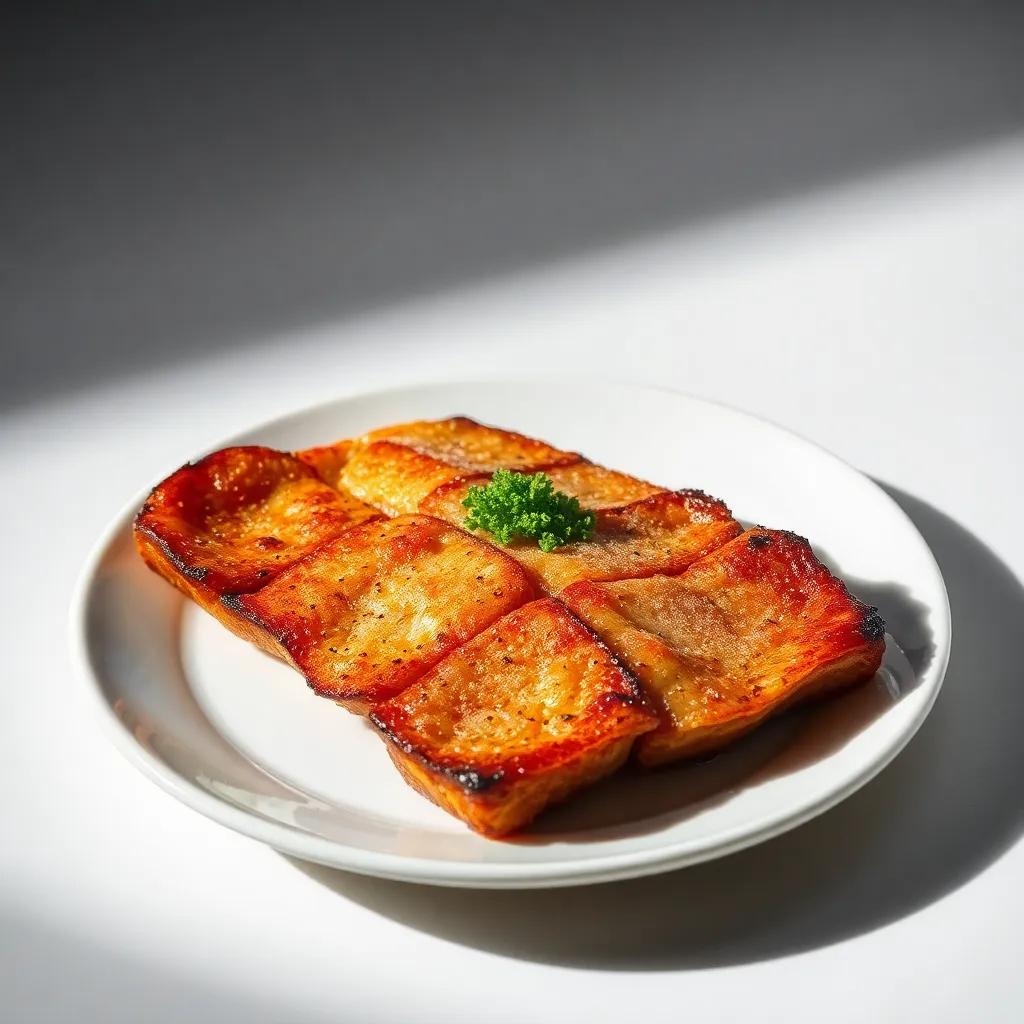
Ingredient Notes
One of the standout ingredients that gives tonkatsu its signature crunch is panko breadcrumbs. Unlike regular breadcrumbs, panko is made from crustless white bread and processed into larger, flakier pieces. This airy texture allows the coating to fry up light and crisp without absorbing too much oil, resulting in that irresistible golden crust. When shopping for panko, look for brands labeled “Japanese-style breadcrumbs” to ensure authenticity. If you can’t find panko, a good substitute is crushed cornflakes or homemade breadcrumbs made from day-old crustless bread, but expect a slightly different texture.
The choice of pork loin cutlets also plays a crucial role in authenticity and flavor. Pork loin offers a perfect balance of tenderness and lean meat, which makes it ideal for quick frying without drying out. When selecting cutlets, opt for pieces about 1–1.5 cm thick, which allows proper cooking while maintaining juiciness. If pork loin is unavailable, pork tenderloin or boneless pork chops trimmed and pounded to the right thickness can work as alternatives, although they might be leaner or less forgiving during cooking.
Another ingredient that often flies under the radar but makes a big difference is the tonkatsu sauce served alongside the cutlets. This thick, tangy sauce combines savory, sweet, and slightly fruity notes, typically made from a blend of Worcestershire sauce, soy sauce, sugar, and fruit purees like apple or tomato. You can find bottled tonkatsu sauce in most Asian markets or online, but if unavailable, mixing a little ketchup, soy sauce, and Worcestershire sauce can approximate the flavor. The sauce is what transforms the crispy pork into a fully rounded dish, adding depth and moistness with each dip or dribble.
Finally, though more optional, the use of vegetable oil with a high smoke point is essential for frying the cutlets evenly without burning the breadcrumbs. Oils like canola, sunflower, or peanut oil are excellent choices for maintaining steady frying temperatures around 170°C (340°F). Avoid oils with strong flavors, such as extra virgin olive oil, as they can overpower the delicate pork and panko coating.
By paying attention to these key ingredients—panko breadcrumbs, pork loin, tonkatsu sauce, and vegetable oil—you’ll ensure your homemade tonkatsu is as crispy, flavorful, and authentic as the classic Japanese dish it’s inspired by.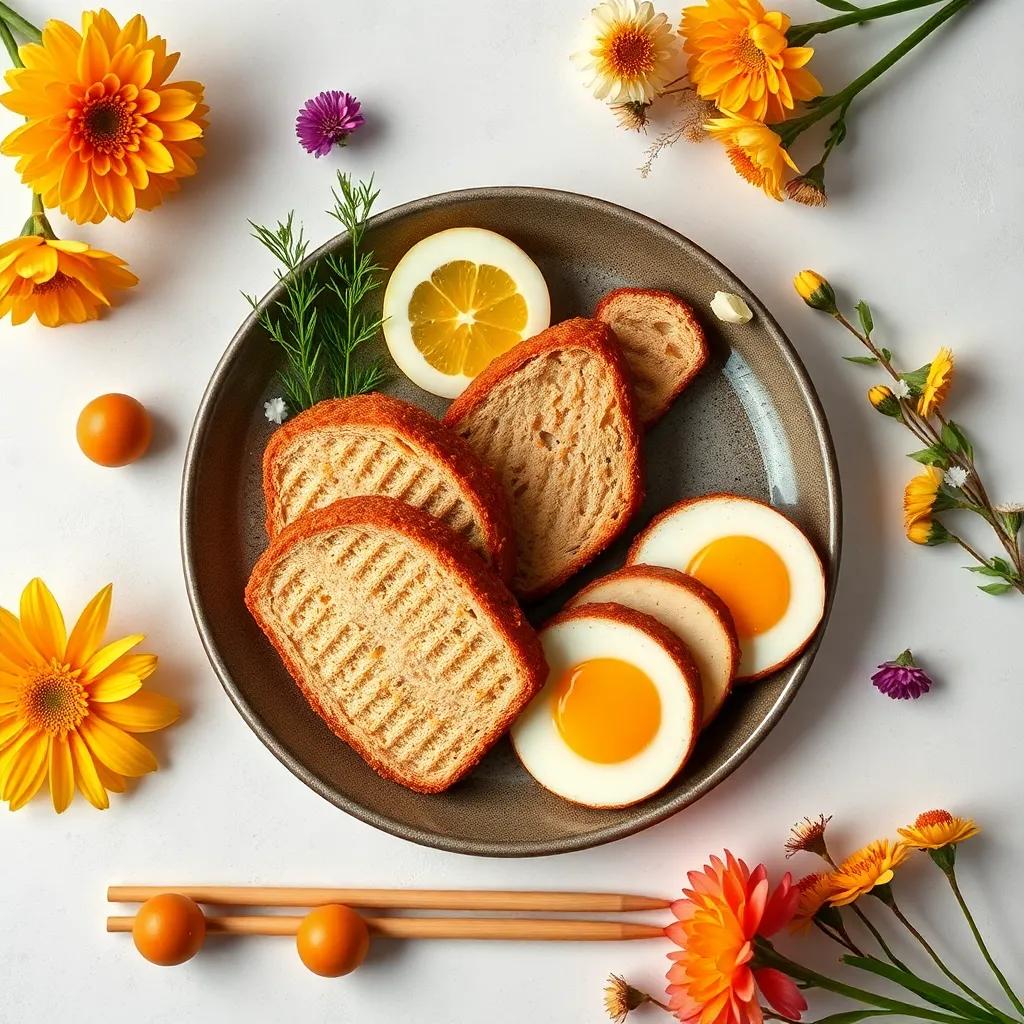
Tips & Variations
Mastering the perfect tonkatsu involves a few insider tricks and creative tweaks that can elevate your pork cutlets beyond the basics. To get that irresistibly crispy crust, maintain oil temperature consistently around 170°C (340°F). Using a deep-frying thermometer is worth the investment—it takes the guesswork out and helps prevent greasy or undercooked results. Also, don’t overcrowd the pan; frying two cutlets at a time allows even browning and keeps the temperature steady.
For an ultra-crispy finish, try double-dusting. After your initial flour-egg-panko coating, let the cutlets rest for 5 minutes, then quickly dip in egg and panko once more before frying. This extra layer creates a thicker, crunchier crust reminiscent of restaurant-style tonkatsu.
If you want to customize flavors, experiment with seasoning your panko breadcrumbs. Add a pinch of garlic powder, smoked paprika, or even a light dusting of Japanese seven-spice (shichimi togarashi) for a subtly spicy kick. For herb lovers, finely chopped fresh parsley or shiso can be mixed into the panko to add freshness and visual appeal.
Looking for variations to suit different tastes or dietary needs? For a gluten-free version, swap the all-purpose flour with rice flour or cornstarch, and choose gluten-free panko breadcrumbs (widely available now in many Asian markets or online). Make sure your tonkatsu sauce is gluten-free, or prepare a homemade version from tamari, gluten-free Worcestershire sauce, and fruit purees.
If you’re avoiding pork or wanting a lighter alternative, chicken breast or thigh cutlets make excellent substitutes. The same breading and frying method applies, yielding delicious “chicken katsu.” For a vegetarian or vegan twist, firm tofu, eggplant slices, or even seitan can be breaded and fried similarly—use a flax egg or plant-based egg substitute for dipping.
For an indulgent touch, after frying, warm a slice of melted cheese on top before slicing the tonkatsu, or serve with a drizzle of spicy mayo to add creaminess and heat. To elevate presentation and texture contrast, serve tonkatsu over hot steamed rice sprinkled with toasted sesame seeds and a side of pickled ginger.
Lastly, don’t be shy about playing with serving accompaniments. A simple cabbage slaw tossed with yuzu vinaigrette or a quick Japanese cucumber salad adds brightness that balances the rich, fried cutlet perfectly. With these tips and variations, you can tailor your tonkatsu experience to suit any occasion, palette, or dietary preference—making this classic truly your own.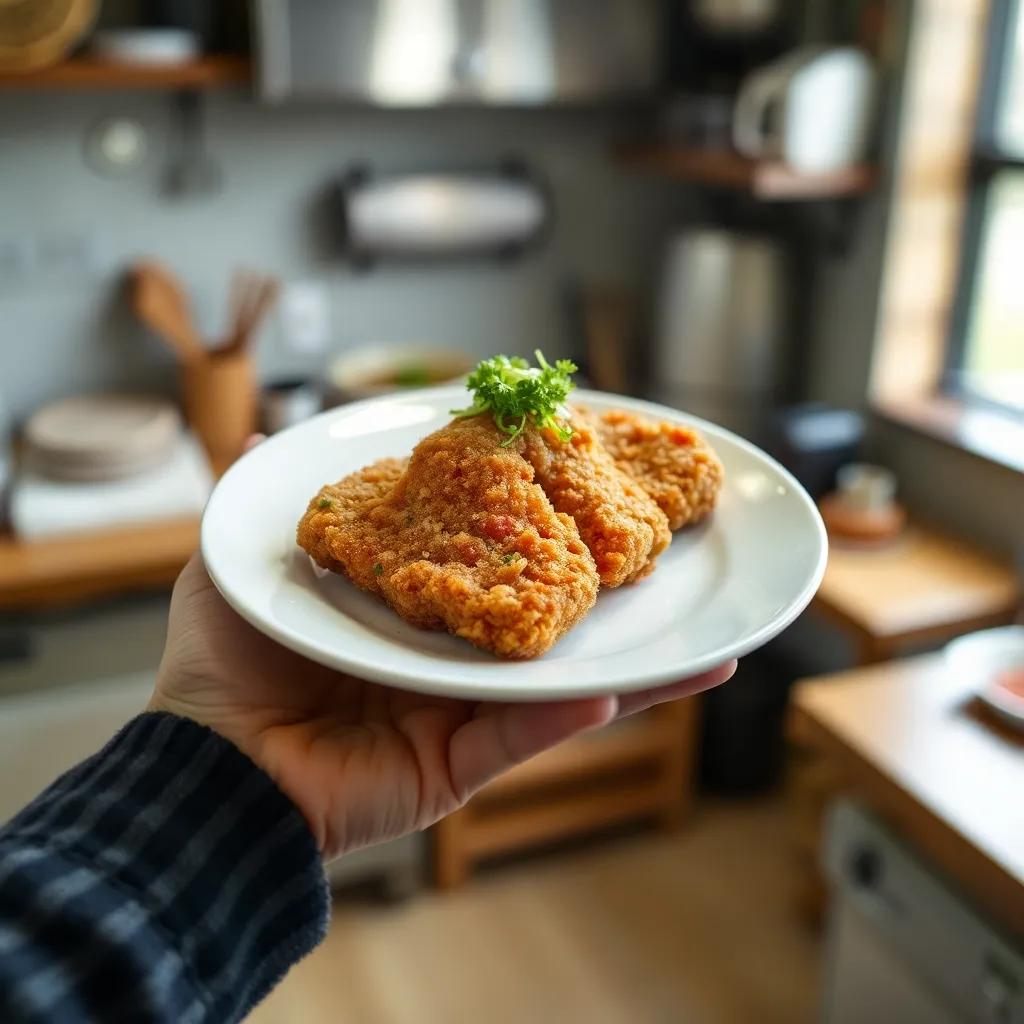
Leftovers & Storage
After enjoying your crispy tonkatsu feast, it’s natural to wonder how best to preserve the leftovers without sacrificing that satisfying crunch and tender bite. Proper storage is key to keeping your pork cutlets delicious for later meals or convenient snacks.
To store leftover tonkatsu, start by letting the cutlets cool completely at room temperature. Avoid sealing them while still warm, as trapped steam can cause sogginess. Once cooled, place the tonkatsu in an airtight container or wrap each cutlet tightly in plastic wrap or aluminum foil. If using a container, line it with a paper towel to absorb any residual moisture and help maintain crispness.
In the refrigerator, properly stored tonkatsu will stay fresh for up to 2 days. Beyond that, quality may decline, with the crust softening and the pork losing some juiciness. If you don’t plan to enjoy your leftovers within this timeframe, freezing is a great option. Wrap individual cutlets tightly in plastic wrap, then place them in a freezer-safe bag or container, removing as much air as possible to reduce freezer burn. Frozen tonkatsu can keep well for up to 1 month.
When ready to enjoy your refrigerated or frozen leftovers, reheating is crucial to revive the crisp exterior and warm the pork thoroughly. The oven or an air fryer works best—preheat to around 180°C (350°F), place the tonkatsu on a wire rack over a baking sheet to allow air circulation, and heat for about 10 minutes (longer if frozen). This method helps restore the golden crunch without drying out the meat. Avoid microwaving if possible, as it tends to make the crust soggy and chewy.
Leftover tonkatsu is versatile and well-suited for meal prepping. Slice the cutlets into strips and pack them with steamed rice, shredded cabbage, and a small container of tonkatsu sauce for a satisfying bento lunch. You can also turn leftovers into creative dishes—try layering slices in a katsu sando (tonkatsu sandwich) using soft milk bread and mayo, or add them atop a bowl of Japanese curry for a hearty twist.
In summary, whether refrigerated or frozen, use airtight storage to preserve freshness, cool completely before sealing, and reheat carefully to bring back that signature crispness. Properly handled, your tonkatsu leftovers will make for quick, flavorful meals that feel just as special as when freshly made.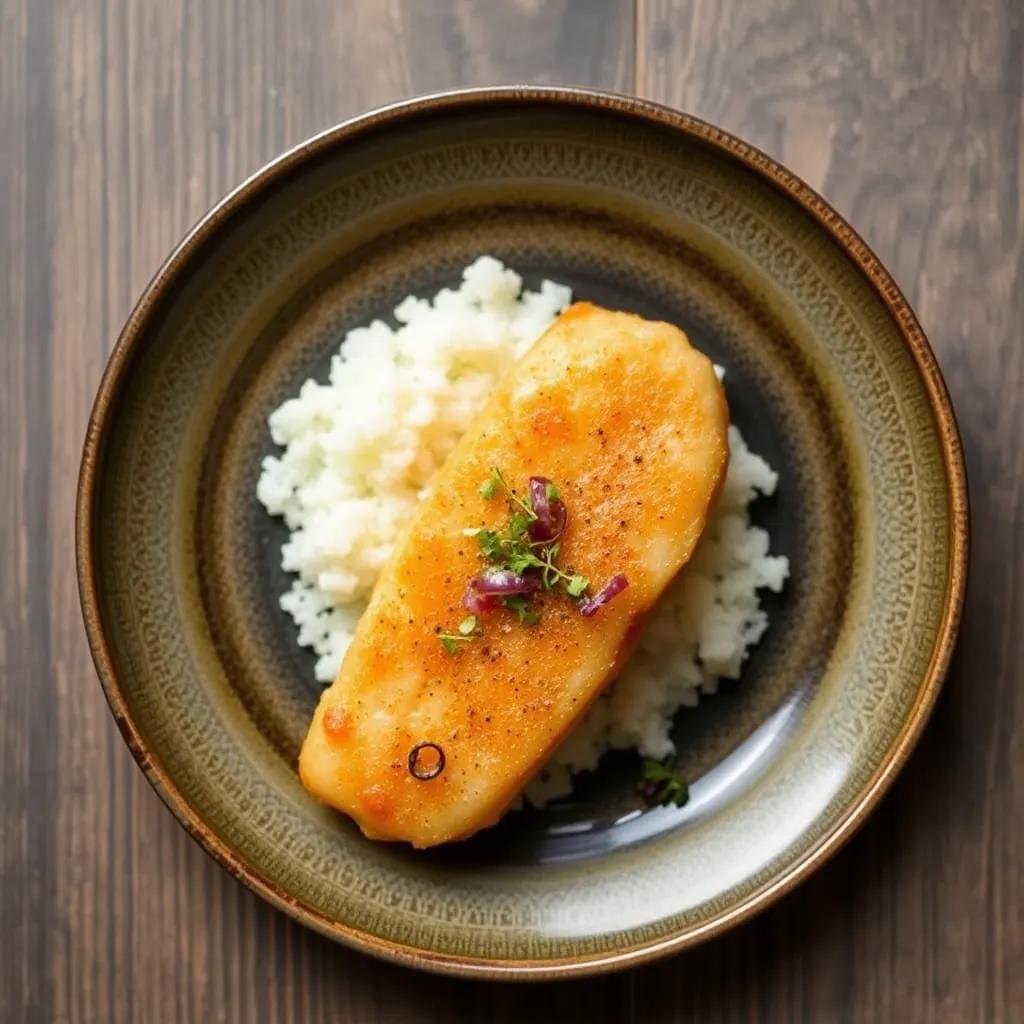
Behind the Recipe
Tonkatsu carries with it a rich cultural legacy that reflects both Japanese innovation and adaptation. Though it might look like a simple breaded pork cutlet, tonkatsu is actually a relatively modern addition to Japan’s culinary scene, emerging in the late 19th to early 20th century during the Meiji Restoration—a time when Japan was opening its doors to Western influences. Inspired by European schnitzels and cutlets, Japanese chefs reimagined the dish using local ingredients and techniques, giving birth to what we now recognize as tonkatsu: a perfect marriage of crispy panko crust and tender pork.
This dish quickly grew in popularity as a comforting, approachable meal that could be made at home or enjoyed in specialized “tonkatsu-ya” restaurants, which started appearing from the 1920s onward. The distinctive use of panko breadcrumbs—a Japanese innovation—sets tonkatsu apart from its Western cousins, offering a uniquely light, crunchy texture that enhances the juicy pork without overwhelming it.
For many Japanese families, tonkatsu is more than just a meal; it’s a symbol of familial care and everyday celebration. It often appears at lunchboxes (bento), casual dinners, and special occasions alike, seamlessly bridging the gap between indulgence and home cooking. Personally, I remember my first taste of tonkatsu at a small neighborhood eatery during a visit to Tokyo—seeing the golden cutlet arrive on a sizzling plate, served with shredded cabbage and that tangy sauce, was a revelation. It felt like a dish that could be both familiar and exciting, simple yet layered, rustic yet refined.
Making tonkatsu at home is a way to connect with this blend of history and comfort. Each crispy bite carries echoes of a transformative era in Japanese dining, combined with the warmth of a homemade meal shared around the table. Whether you enjoy it classic-style with cabbage and rice or get creative with fusion twists, tonkatsu is a delicious reminder of how culinary traditions evolve and bring people together.
FAQ
Can I use chicken or tofu instead of pork for this Tonkatsu recipe?
What’s the best way to keep the tonkatsu extra crispy after frying?
Can I prepare Tonkatsu in advance and reheat it later?
Is Tonkatsu suitable for gluten-free diets?
What’s a good side dish to serve with Tonkatsu?
Can I freeze cooked Tonkatsu for later?
Let’s Get Cooking!
There’s something truly satisfying about biting into a perfectly crispy, golden tonkatsu—the kind that’s tender on the inside and wonderfully crunchy on the outside. This easy, authentic recipe brings the heart of Japanese comfort food right into your kitchen, making it simple to impress family and friends with a dish that’s both delicious and memorable.
So why not give it a try and experience that unbeatable crunch for yourself? We’d love to hear how your tonkatsu turns out—feel free to leave a comment, share your rating, or tell us about any creative twists you added along the way. Happy cooking and enjoy every crispy bite!

